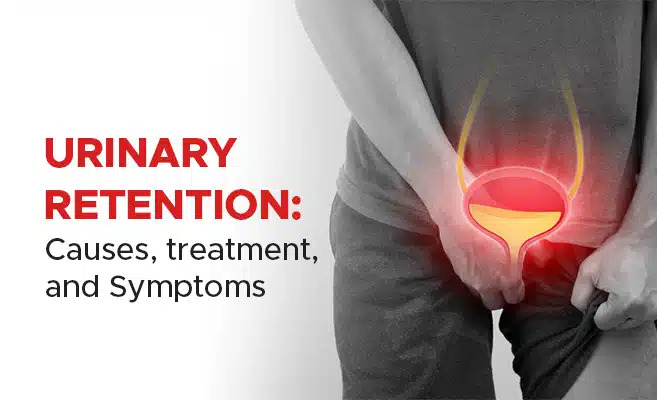Back
How can Pelvic Floor Physical Therapy help with Post Void Residual (PVR) in Men?
By Shannon Strauch, PTA, STMT-1 on 10/3/2023

Post-void residual (PVR) refers to the amount of urine that remains in the bladder after a person has finished urinating. In men, PVR can be affected by various factors, including prostate health, urinary tract issues, and pelvic floor muscle function. Pelvic floor physical therapy can play a role in addressing PVR in men by addressing underlying pelvic floor muscle dysfunction and promoting healthier urinary habits.
Here's how pelvic floor physical therapy can be relevant to managing PVR in men:
Assessment
: A pelvic floor physical therapist will typically start by assessing the pelvic floor muscles and surrounding structures. They may use techniques like palpation to identify any muscle tightness or weakness that could contribute to PVR.Pelvic Floor Muscle Training:
Pelvic floor physical therapy often involves exercises to strengthen or relax the pelvic floor muscles, depending on the individual's specific needs. Strengthening exercises can help improve bladder control, while relaxation exercises can be helpful for individuals with overly tense pelvic floor muscles, which can interfere with voiding.Bladder Training:
The therapist may provide guidance on bladder training techniques. This involves gradually increasing the time between bathroom trips to help the bladder adapt to holding more urine and emptying more completely during voiding.Education:
Pelvic floor physical therapists educate patients about the anatomy and function of the pelvic floor, as well as proper voiding techniques. Learning how to coordinate the pelvic floor muscles during urination can improve the efficiency of bladder emptying.Biofeedback:
In some cases, biofeedback techniques may be used to help individuals gain awareness and control over their pelvic floor muscles. This can be particularly beneficial for those who have difficulty relaxing their pelvic floor muscles during urination.Manual Therapy:
Manual techniques, such as myofascial release or trigger point therapy, may be used to address muscle tension and improve pelvic floor muscle function.Behavioral Strategies:
Pelvic floor physical therapists can also help individuals identify and address any behavioral factors that contribute to incomplete bladder emptying, such as rushing through urination or ignoring the urge to urinate.It's important to note that PVR can be a symptom of underlying medical conditions, such as an enlarged prostate, urinary tract or bladder infections, or a neurological issue, which may require medical evaluation and treatment. Pelvic floor physical therapy can complement medical interventions and help individuals achieve better bladder function and voiding habits. If you or a man in your life is having difficulty emptying their bladder and has to constantly go back to the bathroom to re-empty, contact us at Pelvic Health!
Read More:
Dry Needling for C-Section Scars and Postpartum Recovery By Dr. Christine Martirez PT, DPT on 10/15/2024 Learn how dry needling can be used for c-section scars and c-section recovery How Red Light Therapy Can Be Used to Treat Pelvic Floor Dysfunctions By Dr. Christine Martirez PT, DPT on 10/15/2024 Learn about red light therapy and how it can be used to treat pelvic floor dysfunctions
Are you ready to live pain free?
Request An Appointment